It’s rare to come across a game like The Lion’s Song that’s quite so comfortable living in a realistic historical moment. There’s nothing fantastical going on in this sepia game, yet its vibrant characters and presentation are filled with an unmistakable magic. While some pacing issues and dull gameplay moments hold back what could otherwise be a perfect game, this Switch port still has a lot to offer in a small package.
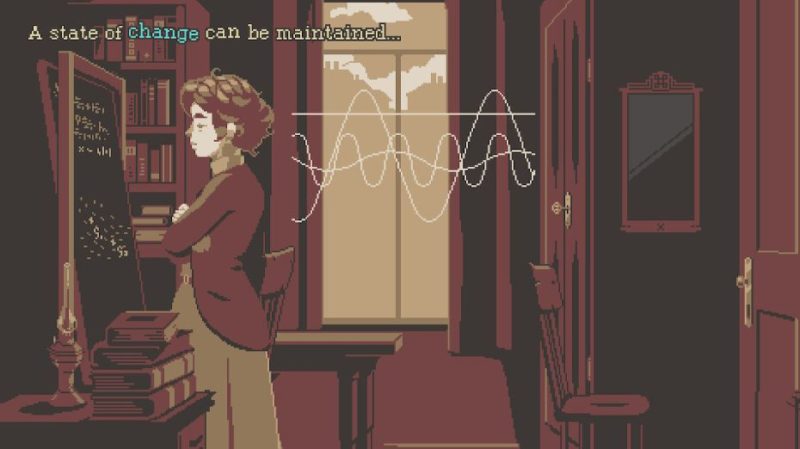
The Lion’s Song consists of four loosely connected episodes set in a bustling pre-WWI Vienna, each following the story of a different young creative mind trying to navigate the artistic and intellectual worlds of the city. Chapter 1 follows the story of a musician and composer who retreats to the mountains to avoid her distractions, both internal and external, as she tries to write a piece that could make or break her career. Chapter 2 focuses on a painter struggling to find what his art is missing and to prove himself to his greatest critic, even as his health and mind begin to deteriorate. Chapter 3 puts us in the role of a mathematician who, spurned by a local group of mathematicians because of her gender, dons the clothes of her late father in order to work on her thesis with a community of her peers. And Chapter 4 leaves us with a writer, passing the time talking to three fellow passengers with connections to the previous stories, as a train hurtles them into an uncertain future.
The stories themselves are great, and there are enough choices throughout to keep them engaging and feel like you’re an active participant in the characters’ stories. Each chapter and character brings with them new themes and tensions, most of which are handled with care and skill. I found Chapter 3 to be especially compelling, exploring deep and still timely ideas about gender and identity that allowed a lot of room for Emma, the story’s main character, to grow and change. It even ended in a tense debate that reminded me of the spectacle and suspense of an Ace Attorney game.
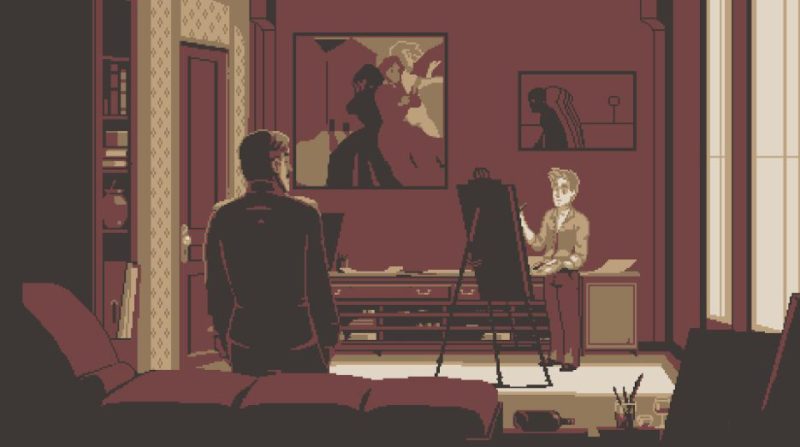
Another aspect that really helps the game shine is its basis in the real early 20th century Vienna. The developers, Mi’pu’mi Games, are an indie studio in Austria, and their care for the history being explored shows. While most of the protagonists are not based off real historical figures, it was nice to intersect with some of the famous artists and intellectuals of the time. Gustav Klimt, Ludwig Wittgenstein, and even Sigmund Freud make small appearances, amongst others, and their presence helps to make Vienna feel more like a living, breathing city. Some minor characters also appear in more than one story in different contexts, shrinking the size of the world with each new connection.
However, sometimes the gameplay doesn’t serve as a great medium for the story itself. The game consists entirely of moving and interacting with people and objects to prompt dialog options. While the choices themselves are often meaningful enough, the paths to get there feel unnecessarily slow and at times repetitive, even artificially stretched out. There are moments when the game asks you to remember some fact about your character or make a small inference in order to get a ‘better’ result, but these moments are ironically undercut by a system that allows you to go back to key narrative moments and each chapter to change your actions and finagle the endings and the way each story affects one another.
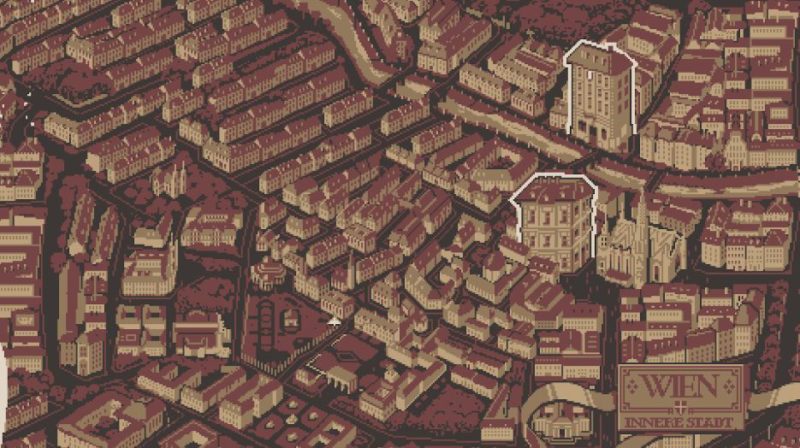
On the other hand, the game makes use of a pixelated sepia aesthetic that works incredibly well. Each scene is filled with objects that make the world feel lived in, and all of the character movements are fluid and charming. Text shudders and lilts across the screen to convey even more personality to every interaction. Each of the first three protagonists also had a way of visualizing their work that was tied to some very light puzzle solving, which allowed me to feel like an active part of their creative processes even without needing to see their specific equations or musical notation. The only slight hamper to my enjoyment of the visuals was that certain characters’ text colors were tough to read against the grainy background, especially with the Switch docked.
The sound is similarly proficient, with both excellent orchestral and ambient tracks. The eponymous Lion’s Song is a highlight, but all of the sound and silence in the game is used to good narrative effect. The realness of the sounds of rain, a busy market, and the clink of plates in a cafe all form a fantastic dissonance with the muted browns of the scenery, allowing the game to feel far off and urgently near all at the same time.
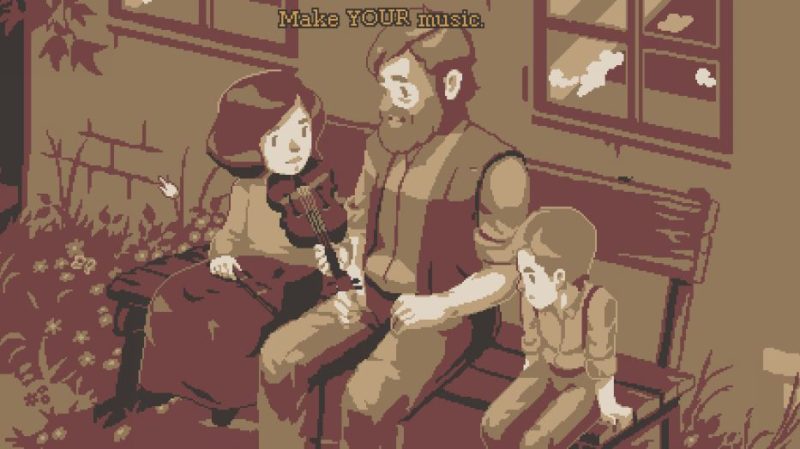
The Lion’s Song is a game that will stay with me long after playing for its unique visuals and expressive personality, but it’s not likely a game that I’ll return to. Even with more routes to see after the seven or so hours I put into the story, the gameplay itself is just a bit too dull to make the return trip worth it. If you’re looking for an interactive experience with heart and the visuals to match, you should still give this game a look. But don’t expect the most dynamic pacing along the way.
Score: 8/10
Check Out The Lion’s Song Nintendo Switch Launch Trailer:
More information about The Lion’s Song can be found on the official website, and on social media via Facebook and Twitter.
Nintendo Switch Review
-
Overall Score - 8/108/10
The queer SJW gamer your parents warned you about, probably. I'll play anything once, but have a specific penchant for roguelikes, artsy puzzlers, and rhythm games.

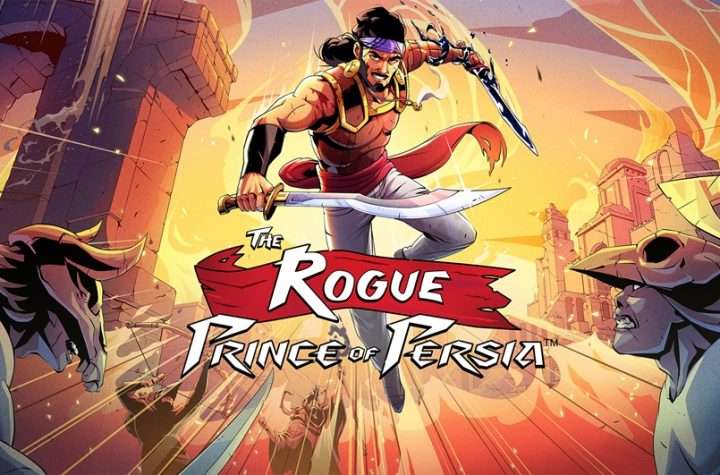

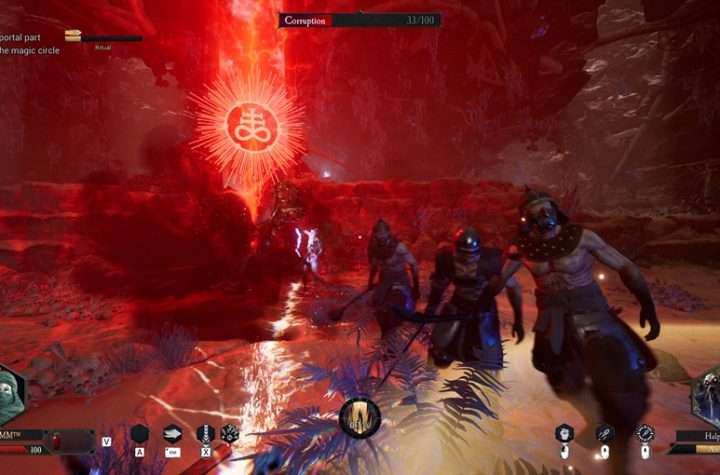
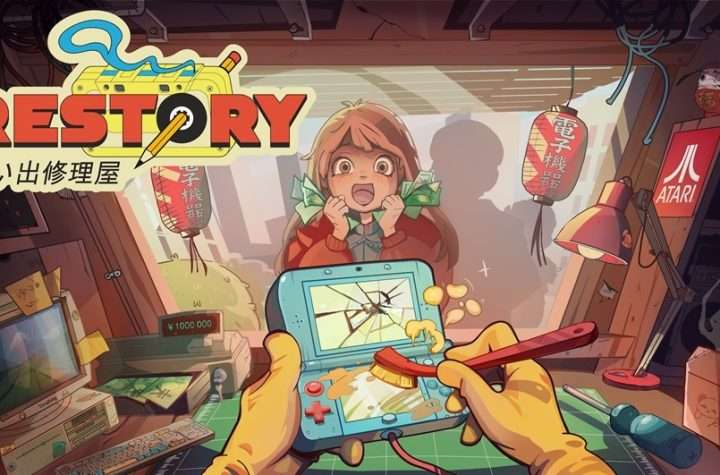
More Stories
Nintendo Download Update (December 18, 2025)
DAIMON BLADES Preview for Steam Early Access
ReStory Preview for Steam